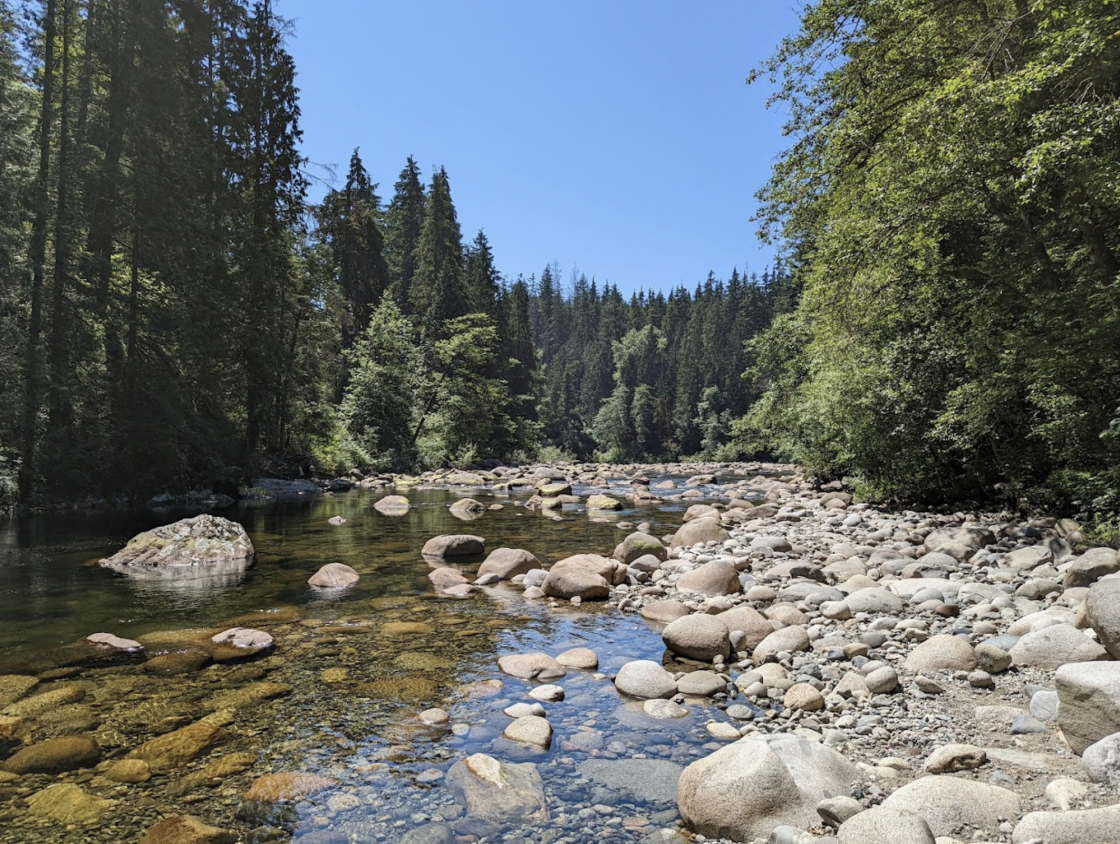In 2004, archaeology professor Robert Muckle stumbled upon an intriguing site deep within the forests of British Columbia’s North Shore mountains. After a few old cans and a saw blade were found, Muckle suspected the area may have been a historic logging camp, but he had no idea that he would spend the next 14 years unearthing a forgotten Japanese settlement that appeared to have been abandoned.
Since that initial discovery, Muckle and his team of archaeology students have excavated over 1,000 items from the site. The artifacts include rice bowls, sake bottles, teapots, pocket watches, buttons, and hundreds of fragments of Japanese ceramics. In addition, the team discovered the locations of 14 small houses, a garden, a wood-lined water reservoir, and what may have been a shrine. The remnants of a bathhouse were also found, which was a significant part of Japanese culture.
The Lower Seymour Conservation Reserve now encompasses the settlement, located around 25 km northeast of Vancouver. Muckle has also found two other sites within the area that can be linked to Japanese inhabitants: one that seems to have been a “multi-ethnic” logging camp and another that was a distinctly Japanese logging camp occupied for several years around 1920. However, it was the third site that fascinated Muckle the most because it appeared to have transitioned from a logging camp to a thriving village.
Muckle believes that a small community of Japanese people was living there on the margins of an urban area around 1918. A Japanese businessman named Eikichi Kagetsu secured logging rights to a patch of land next to where the village once stood, making it likely that the site was once inhabited by a logging community. The trees were largely harvested by around 1924, but Muckle thinks the village’s residents continued to live there past that date.
“The impression that I get, generally speaking, is it would have been a nice life for these people, especially in the context of all the racism in Vancouver in the 1920s and ’30s,” Muckle said.
The first major wave of Japanese immigration to Canada began in 1877, and many of the new arrivals settled in the coastal province of British Columbia. However, they were met with hostility and discrimination. Politicians in the province prohibited Asian residents from voting, entering the civil service, and working in various other professions, like law, according to the Canadian Encyclopedia.
Anti-Japanese prejudices boiled over during the Second World War, in the wake of the attack on Pearl Harbor in December 1941. Days later, Japanese troops invaded Hong Kong, killing and wounding hundreds of Canadian soldiers who were stationed there. Back in Canada, authorities began arresting suspected Japanese operatives, impounding Japanese-owned fishing boats, and shutting down Japanese newspapers and schools. By the winter of 1942, a 100-mile strip of the Pacific Coast had been designated a “protected area,” and people of Japanese descent were told to pack a single suitcase and leave. Families were separated—men sent to work on road gangs, women and children to isolated ghost towns in the wilderness of British Columbia. According to the Canadian Encyclopedia, more than 90 percent of Japanese Canadians were uprooted during the war, most of them citizens by birth.
No records survive of the people who lived in the North Shore logging camp and village, and Muckle has yet to find an artifact that can be reliably dated to after 1920. However, he suspects that they stayed in their little enclave in the woods until 1942 when they were incarcerated or sent to road camps.
Research citations for the article


